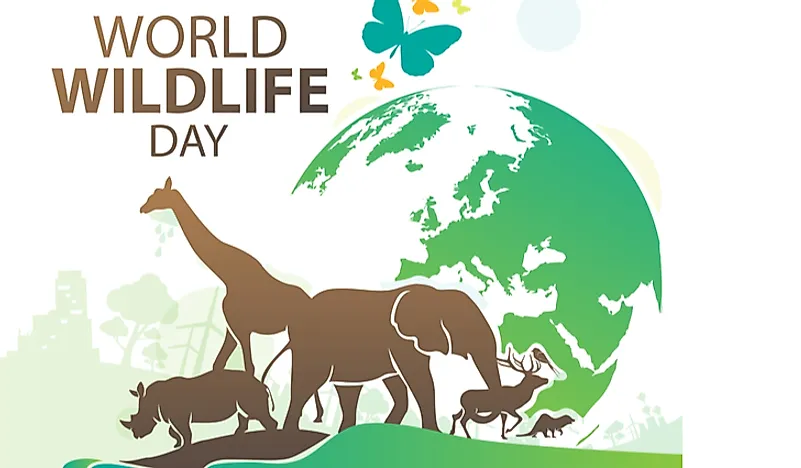
March 3 was World Wildlife Day- and the 50th birthday of CITES. The day may have passed us by.
But it carried with it a crucial reminder about the wildlife in our planet and how partnerships are extremely vital and urgent to keep their world-and ours-going.
What does World Wildlife Day signify?
In 2013, the United Nations General Assembly (UNGA) proclaimed March 3 as World Wildlife Day. The date was significant because it was the day the Convention on International Trade in Endangered Species of Wild Fauna and Flora (CITES) was born, way back in 1973. So, the World Wildlife Day this year also marks an important landmark in CITES's history-its 50th anniversary. According to the United Nations, the day aims "to celebrate all the world's wild animals and plants and the contribution that they make to our lives and the health of the planet. As a congratulatory nod to the work CITES has been doing for five decades through global collaboration, the theme this year is "Partnerships for Wildlife Conservation".
Problems facing wildlife today
Wildlife populations are declining at an unprecedented rate today. The UN says that one in eight species of wildlife is threatened with extinction. Habitat loss is a grave threat faced by animals as humans continue to destroy their natural environment with development work Climate change has added to this concern as extreme weather events too obliterate their living spaces, displacing, injuring or killing them. Apart from these, aspects such as illegal wildlife trade, pollution, invasive species, habitat degradation, hunting, poaching, exploitation of natural resources, and diseases also play a significant role in bringing species numbers down. Each existing and new threat exerts more pressure on their already fragile world.
There's always hope!
Despite the grim picture, we may still be able to save our wildlife. And that's exactly what this year’s theme for World Wildlife Day is about- "Partnerships for Wildlife Conservation". Think about it. There's hardly any place on Earth that we humans have not left our footprint on. While this is perhaps a cause for concern, we could turn it around and make it work for us – and the wildlife. This access could be used for awareness and preservation. As local communities, armed with knowledge we could understand our local environment and wildlife better. Once we strengthen our understanding of the reality, the problems, and the initiatives needed to set them right it is vital to get into action. We can bring issues to the attention of governments and the private sector to find lasting solutions to local concerns. And the most powerful tool that we have for helping our wildlife is the knowledge of indigenous communities – "our world's most effective guardians of biodiversity", as the U.N. puts it.
How you can help
While governments, the private sector, local and indigenous communities can play an important part in conservation efforts, the role of individuals cannot be stressed enough. Kids too can contribute immensely towards wildlife conservation. Here are just a few simple steps
- With the help of adults, make a list of local plants. At home, try to raise a few that host butterflies: they can be raised even in a pot on the terrace.
- Learn about your environment. This includes the names of trees, the creatures living in and around them, what they feed on, their flowering/ breeding season, etc.
- Visit national parks and sanctuaries to see animals in their natural habitats. Say no to exotic pets.
- Save natural resources. For instance, find ways to conserve water, electricity, and fuel. Try to walk or use a bicycle when travelling short distances. For longer distances, opt for public transport. These simple measures will help preserve our planet, making it more liveable for wildlife.
Picture Credit : Google




